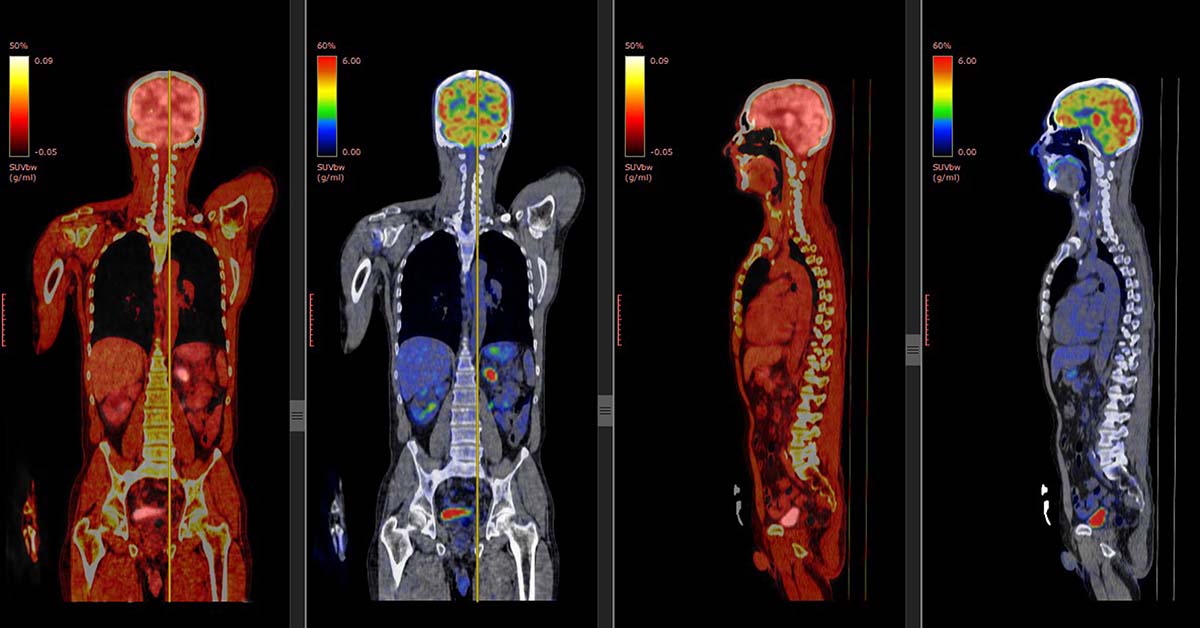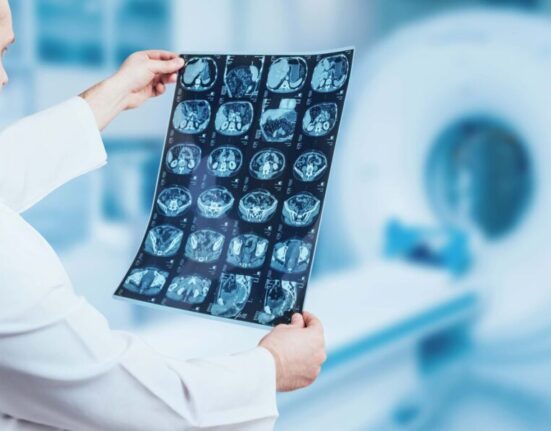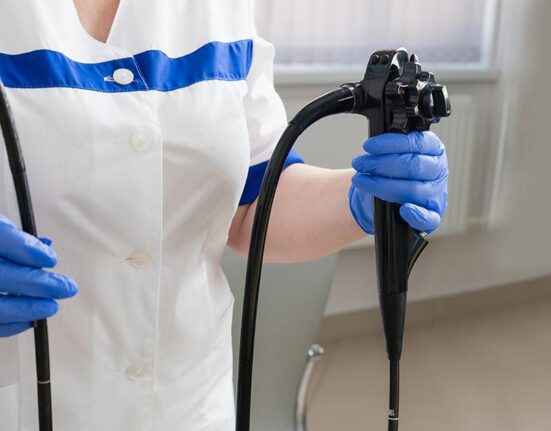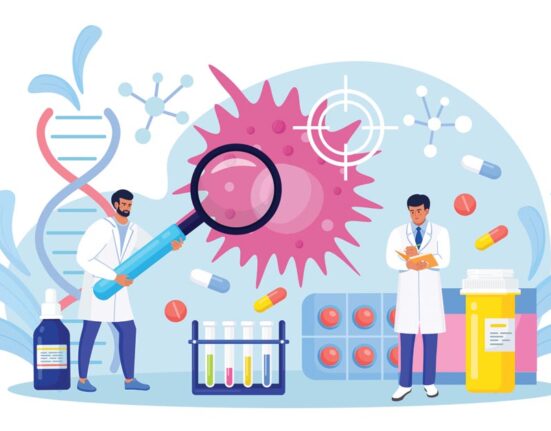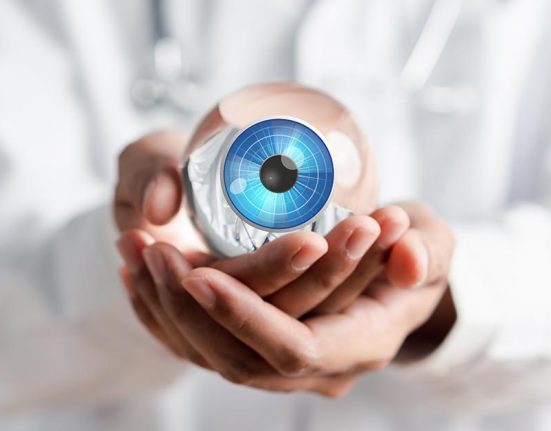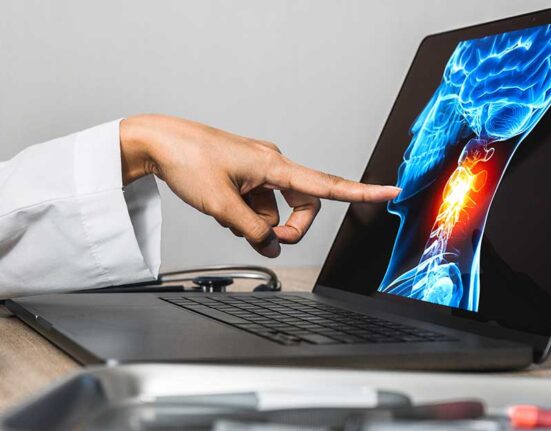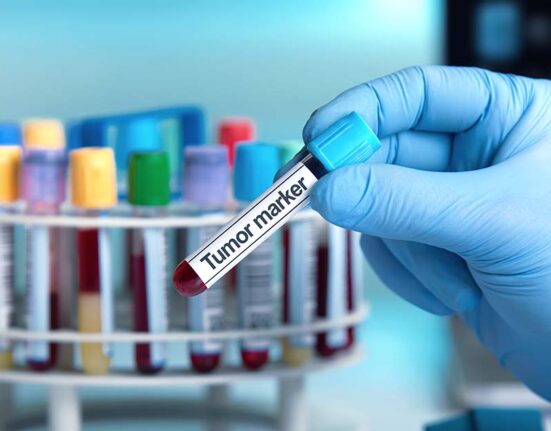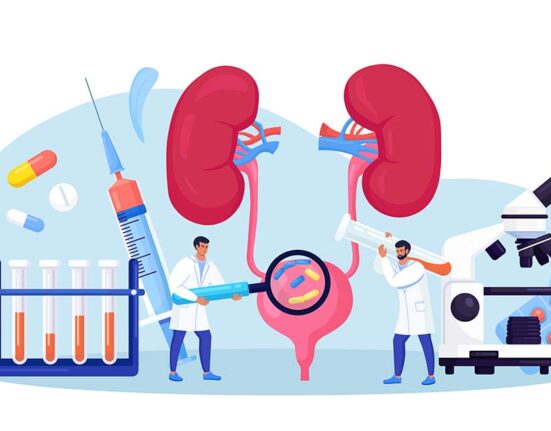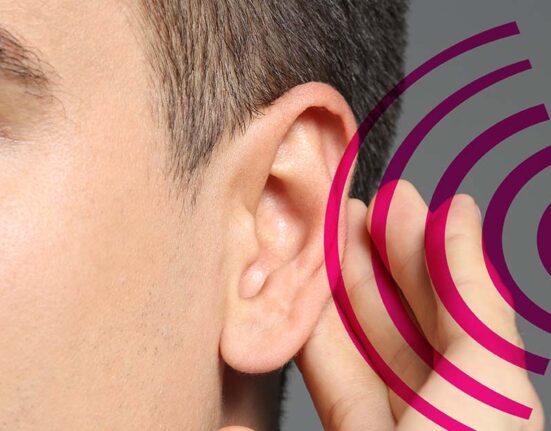In modern medicine, imaging scans are important tools for health screening, diagnosis and monitoring of medical conditions. Many different types of imaging scans are available, including CT scans, MRI scans and PET scans. In this article, we will explore what a PET scan is, compare it to CT and MRI scans, and explain why they are often used together.
What Is A PET Scan?
PET (Positron Emission Tomography) scans detect metabolic activity in the body to identify medical conditions, such as cancer. The tracer used is typically a type of sugar molecule such as glucose. It is injected into the patient’s bloodstream. Cells with high metabolic activity, such as cancer cells, absorbs the tracer. The absorbed tracer emits positrons. These positrons interact with electrons in the body to produce gamma rays which are then detected by the PET scanner. The scanner is then able to produce images of the body based on the distribution of the tracer.
The next question to answer would be what is a PET scan used for? Pet scans are useful for detecting cancer. This is because as cancer cells have a high metabolic rate and tend to absorb more tracer than healthy cells. PET scans can thus help to show where the cancerous cells are, and also the extent of their spread. PET scans can also be used to evaluate the effectiveness of cancer treatment, since they can show whether cancer cells are responding to chemotherapy or radiation therapy.
Which Types Of Cancer And Diseases Are PET Scans Used To Detect?
PET scans can be used to detect a wide variety of cancers, including lung, breast, colon, prostate, and lymphoma. PET scans may be used to identify cancer in its early stages, before it has spread to other parts of the body.
Other uses of PET scans include diagnose of other medical conditions such as Alzheimer’s disease or heart diseases.
Comparing PET Scans To CT And MRI Scans
While PET scans have many benefits, they are not always the best option for every situation. CT (Computed Tomography) scans and MRI (Magnetic Resonance Imaging) scans are two other types of imaging tests that are commonly used for screening and diagnostic purposes.
CT Scans
A CT scan uses X-rays to produce cross-sectional images of the body. They are often used to diagnose conditions such as fractures, tumors, and infections. CT scans are generally quicker and less expensive than MRI or PET scans, but they also expose patients to radiation.
MRI Scans
An MRI scan uses a powerful magnetic field and radio waves to produce detailed images of the inside of the body. They are often used to diagnose conditions such as brain and spinal cord injuries, as well as joint and muscle problems. MRI scans do not expose patients to radiation, but they can be more time-consuming and expensive than CT or PET scans.
Using PET, CT, And MRI Scans Together
These imaging technologies are often used together to provide a more complete picture of a patient’s condition. For example, a doctor may use a PET scan to identify a potential area of cancer, and then follow up with a CT or MRI scan to get a better look at the affected tissue.
Combining these different types of imaging tests allows doctors to make more accurate diagnoses and develop better treatment plans. This is particularly important in cases where early detection is key, such as in the case of cancer.
What Is The Cost Of A PET-CT Scan In Singapore?
The cost of a PET-CT scan (i.e. a PET scan done in combination with a CT scan) in Singapore will depend on the choice of hospital and whether a contrast dye is used. Private healthcare providers may charge from $2,200 onwards for a scan from the head to the mid-thigh.
Further Reading That Might Interest You
Protect against cancer, cardiovascular disease, and other chronic diseases with regular health screening. Compare and shop for health screenings from Singapore and regional healthcare providers at a single convenient platform - shop.health365.sg
This article is informative only and is not intended to be a substitute for professional medical advice, diagnosis, or treatment, and should never be relied upon for specific medical advice.


